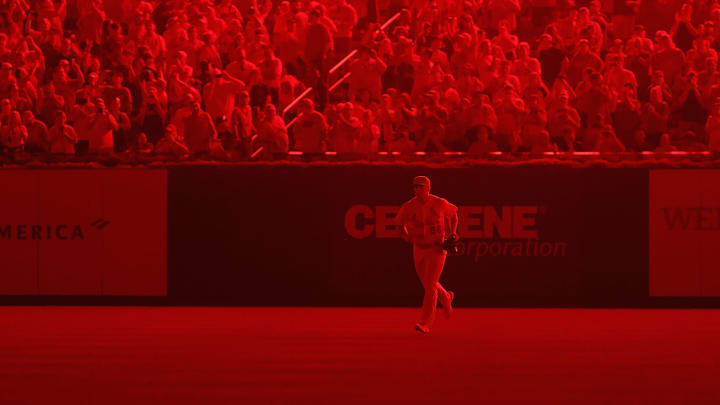The San Francisco Giants signed former St. Louis Cardinals' reliever Jordan Hicks to a contract and promised him that they would employ him as a starting pitcher. Cardinal fans had heard this song and dance before; Hicks started 8 games in 2022, but his walk rate ballooned while his strikeouts faltered; Hicks' ERA was an abysmal 5.47 in 26.1 innings as a starter that year.
However, the Giants must have seen something out of the flame-throwing righty that made them want to try him in their rotation. Across 5 starts (17 innings pitched), Hicks has a 2.65 ERA, 1.06 WHIP, and he has struck out 28 batters. Those are crazy numbers for someone who signed a 4-year, $44 million deal, the same AAV as contracts given to Steven Matz (8.16 ERA) and Lance Lynn (7.90 ERA).
All of this underscores the St. Louis Cardinals' recent decisions to turn capable starters into relievers. While this practice is nothing new or isolated to St. Louis, seeing former relievers succeed as starters elsewhere should make us question organizational decision-making.
Players such as Jordan Hicks, Ryan Helsley, and most recently Andre Pallante were all once starting pitchers in the minors. However, once they ascended to the majors, the Cardinals' organization transitioned them into reliever roles.
For Ryan Helsley, the bulk of his minor league career involved him being a starter. From rookie ball in 2015 until he made it to Memphis in 2019, Helsley was primarily a starter. Out of 82 appearances, Helsley started in 69 of them. In 2017, Helsley started in 23 of 24 games between high-A Palm Beach and AAA Memphis. His ERA that year was 2.72 with 137 strikeouts in 132.1 innings. A 1.15 WHIP only added to the allure. Helsley started in all 13 of his appearances in 2018, and he finished the year with a 3.97 ERA and 82 strikeouts in 70.1 innings.
Jordan Hicks broke out in the 2018 season. After playing only 2 seasons in the minors and not getting past high-A Palm Beach in 2017, the Cardinals made the interesting move to promote the right-handed pitcher to the majors out of spring training. Up to that point in his career, Hicks was used as a starter in 35 of his 41 appearances. His 3.32 ERA, 1.422 WHIP, and 7.5 strikeouts per nine innings figures were overall better than the numbers he put up in the majors. However, the moment he came to the majors, Hicks was only used as a reliever excluding a brief experiment in 2022.
Andre Pallante is the latest in a long line of former starters who became relievers in the majors. Pallante played the bulk of the 2021 season as a starting pitcher. He started 21 games in Springfield that year, and he finished with a 3.82 ERA, 1.527 WHIP, and 7.8 Ks/9 in 94.1 innings. In 2022, the Cardinals tried Pallante as a starter in St. Louis, but he was primarily a reliever for the big league club. On the whole, Pallante has fared slightly better as a reliever in the majors, but his 3.98 ERA, 1.417 WHIP, and 6.6 strikeouts per nine ratios as a starter in the majors are nothing to scoff at.
Seeing Jordan Hicks succeed as a starter thus far in San Francisco has struck a chord with Cardinals fans. He is just one example of several players whom the Cardinals didn't give a fair shake as a starting pitcher. Given time--something the franchise hasn't always been able to afford given its urgency and desire to continually win--and Jordan Hicks could have been a part of the Cardinals rotation in 2023 and maybe even 2024.
In the past year or so, pitchers such as Zack Thompson and Matthew Liberatore have had their roles switch frequently. While Libby hasn't been able to show the same success as a starter in the majors as he has been in the minors, Zack Thompson has exhibited an ability to be a serviceable starter. Both were primarily employed as starters in the minors.
Instead of a plethora of homegrown starting pitchers who haven't changed roles, the Cardinals are left with an aging rotation filled with expensive free agents. This conundrum could have been solved long ago by keeping starters starters in the majors.
